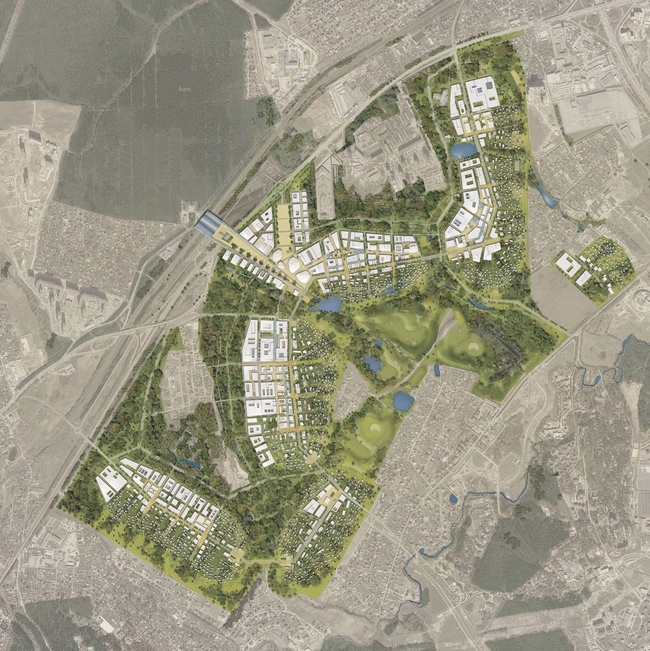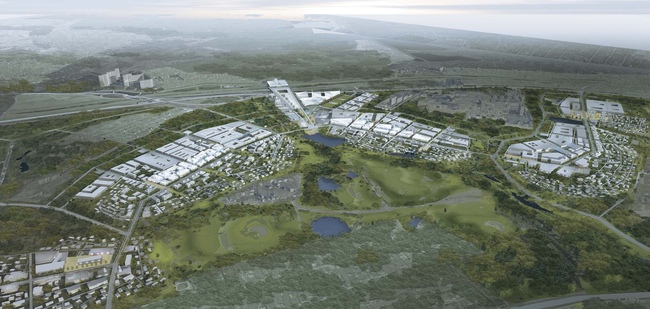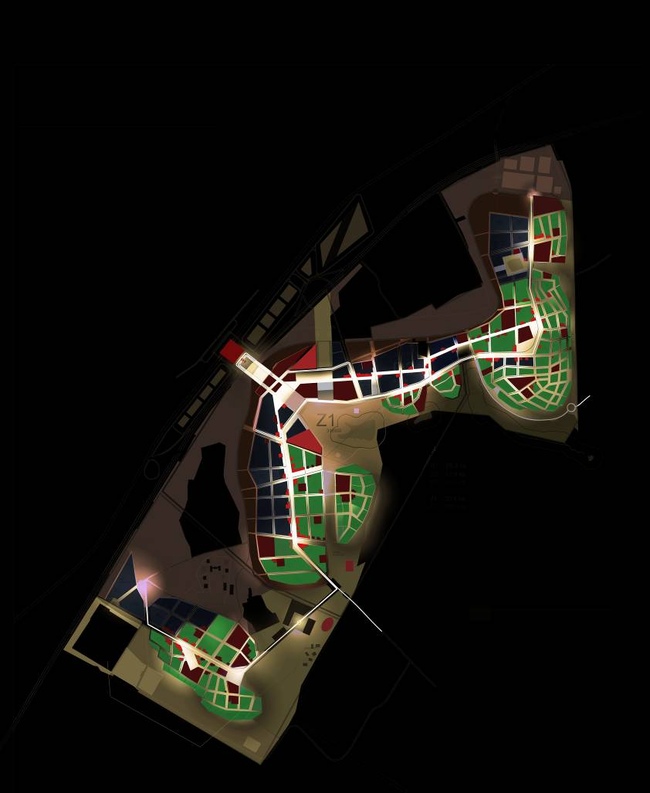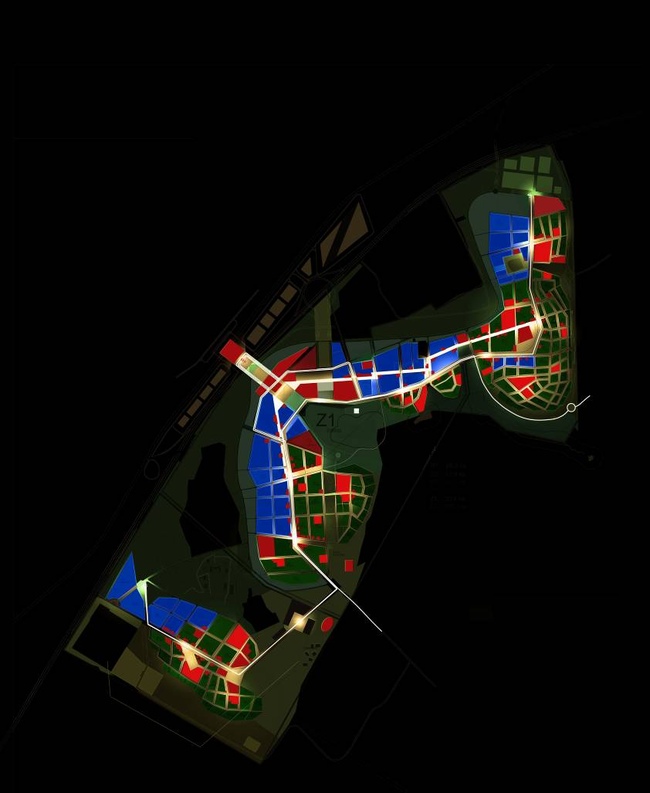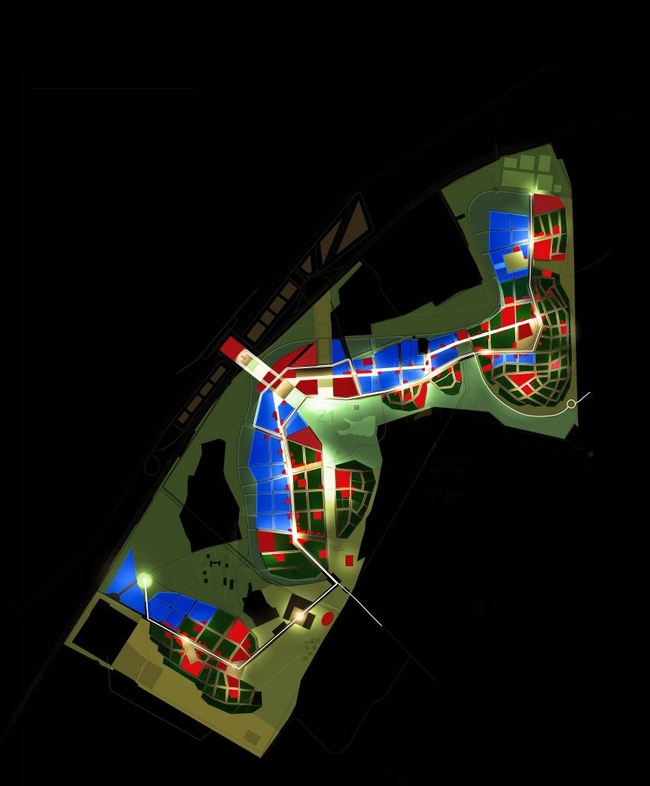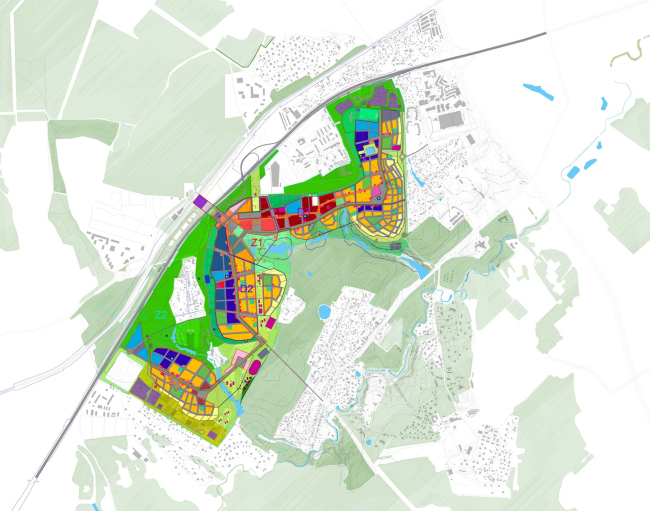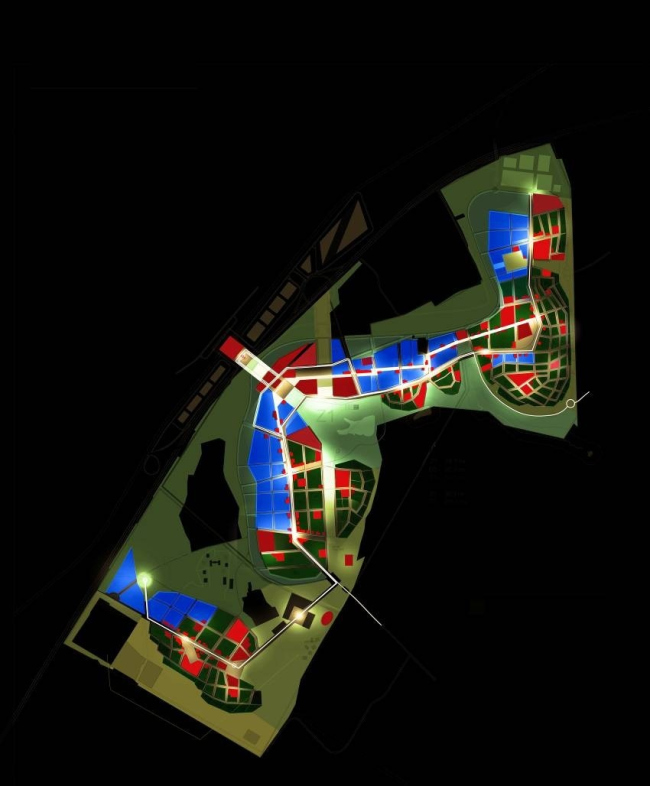|
Published on Archi.ru (https://archi.ru) |
|
| 18.04.2013 | |
|
Balanced Decisions |
|
|
Alla Pavlikova |
|
| Studio: | |
| Homeland Group | |
|
The company Homeland Group worked together with the French bureau AREP and Setec in the development of a master plan for the innovation center Skolkovo. Homeland Group adapted the ideas of their French colleagues to the Russian reality. In February of
2011 the master plan on Skolkovo innovation city, developed by AREP Company,
was considered the best in the tender for a town-planning concept of
The concept of master plan of Skolkovo innovation center developed by AREP. Photo courtesy by homeland-group.ru The main task of
the Russian designers was to adapt the project to the existing standards of the
country. However, in the end their accompaniment to the project grew into
direct and active participation; down to the detailed development of certain
areas that Homeland Group carried out in close cooperation with the French colleagues. The first thing
that the Russian architects noticed was the lack of external transport and
engineering networks. While within the boundaries of Skolkovo AREP thought out the
road links between the five “villages” through, the external connections were
left undeveloped. The motor-service between Skolkovo and
The concept of master plan of Skolkovo innovation center developed by AREP. Photo courtesy by homeland-group.ru The French
architects did not intend the innovation city to have transport on petrol. The
inland traffic was supposed to be carried out with compact electric cars,
nonpolluting taxis and bicycles. It only seems logical that for this sort of
transport the French provided rather narrow streets and passages. However, it
contradicted the Russian fire regulations, according to which the width of the
fire lane must be at least six meters (about twenty feet). As a result, most of
the streets had to be broadened and a number of sections were made in one-line
traffic. For those who come to Skolkovo by car with gasoline engine the French
architects proposed to build five intercepting parking lots located near the
most important hubs, the main of which would stand by the platform Tryokhgorka.
The integrated analysis carried out by Homeland Group revealed the necessity of
the parking lots’ location correction. Most of them had to be shifted in regard
to the boundaries of the environmental protection zones.
Skolkovo master plan
The
solutions concerning the surrounding utility infrastructure were also fully
the responsibility of the architects of Homeland Group. Special attention in
the project was paid to the territories and settlements adjacent to Skolkovo:
in connection with a major new construction there was a threat that they would
be out of touch. In particular, the architects tried to take into account the
interests of the numerous cottages and cottage communities near the innovation
city, and also to keep in mind the large urban settlements Novoivanovskoe
located a little closer to Skolkovo master plan The innovation
city project has certainly become an event for Russian city planning. Tenders
that followed the master plan competition and the general buzz around this
ambitious project attracted a crowd of prominent architects from all over the
world. The company Homeland Group made their own contribution to the
development of Skolkovo having suggested a number of practical solutions that
are sure to be useful in the execution of this interesting and sophisticated
plan.
NoneNoneNoneNoneNoneNone |
|
